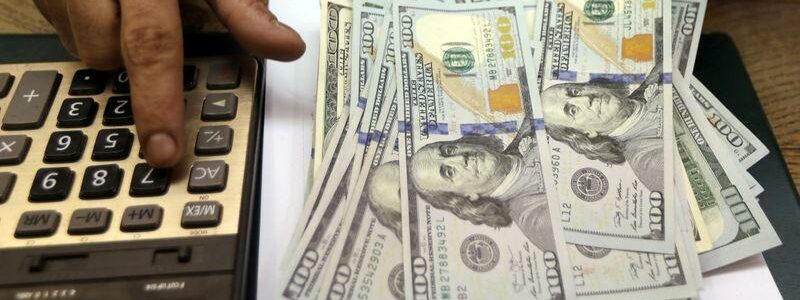
Dollar bounce loses steam; AstraZeneca worries dent sterling
SINGAPORE (Reuters) – The dollar advanced slightly on Friday but was headed for its softest week of the year as strong data in Europe, surprisingly weak U.S. jobs figures and a determinedly accommodative Federal Reserve have prompted investors to trim bets on the greenback.
The euro and yen are also poised for their largest weekly percentage gains in four and five months, respectively, while the dollar index, which has fallen 0.9% this week, is parked near a two-week low at 92.171.
“In short, the energy has gone out of the dollar’s first-quarter rebound, just as it has gone out of the bond sell-off,” said Kit Juckes, head of FX strategy at Societe Generale.
In the Asia session, the euro eased 0.1% but held above its 200-day moving average at $1.1900, while the yen pushed through its 20-day moving average to hold at 109.32 per dollar. Both currencies have gained 1.3% against the dollar so far this week.
The euro has also risen more than 2% against the pound this week, bouncing from a one-year low of 84.70 pence on Monday to touch 86.81 pence, its highest since February, amid growing concerns about Britain’s reliance on AstraZeneca’s vaccine. Sterling was an outlier against the dollar this week and has so far fallen 0.7% to sit at $1.3723.
The vaccine – developed with Oxford University and considered a frontrunner in the global inoculation race – has been plagued by safety concerns and supply problems. Australia and the Philippines have limited use of the shot, the African Union dropped plans to buy it and Hong Kong has delayed it.
The Australian and New Zealand dollars meandered in the top half of ranges that have held them for about two weeks. [AUD/]
A slightly cautious mood in equity markets and a warning from Australia’s central bank of excessive lending risk put a dampener on the Aussie, which slipped about 0.4% to $0.7623 to put it on track for a 0.4% weekly gain. The kiwi dipped 0.3% to $0.7036 and is up 0.3% on the week.
DOLLAR EBBS
The pause in the dollar’s rally follows a solid rebound from what had been the greenback’s softest year since 2017. Rising Treasury yields and a growing consensus that the U.S. economy can lead the world out of the pandemic lifted the dollar index 3.6% last quarter, its best quarter in nearly three years.
However after a run of strong data, Thursday figures showed U.S. unemployment claims unexpectedly rose.
Fed speakers also again vowed to keep monetary policy super easy. Chair Jerome Powell said policy wouldn’t shift until there was at least a monthslong string of good data, while board member James Bullard said the Fed should not even discuss changes until it is clear the pandemic is over.
A crucial test looms in coming weeks and months, according to Indosuez’ head of capital markets in Asia, Davis Hall, as markets and the Fed contend with higher inflation outcomes and possibly a European recovery gathering steam.
European factory gate price rises, meanwhile, accelerated on the heels of surprisingly strong business activity growth.
“We are very skeptical that this is going to remain a sustainable dollar rebound,” Hall said on the phone from Hong Kong.
“Dollar/yen can move higher and dollar/Swiss can move higher, because of interest-rate differentials, but if U.S. growth is strong, it’s not sure that it’s going to benefit the dollar provided that Europe can start their own vaccination success and momentum – that’s the key.
“We’re allowing for the dollar to rally, but we’re going to use dollar-rebound strength to diversify away from dollar exposure, and we like Asian currencies.”
Source: Read Full Article